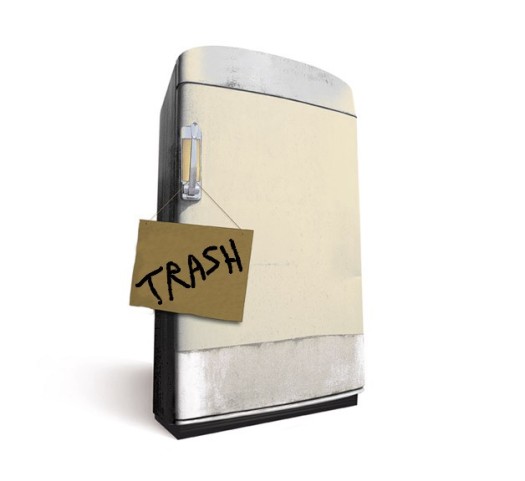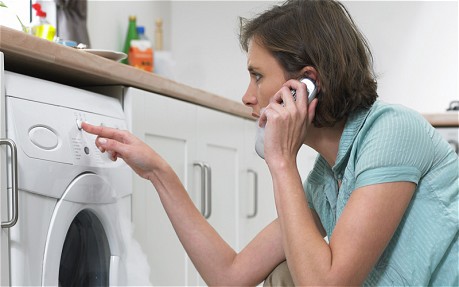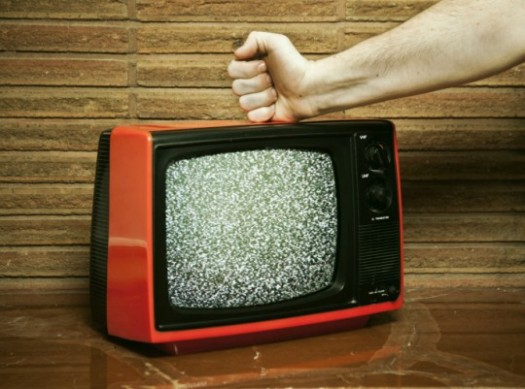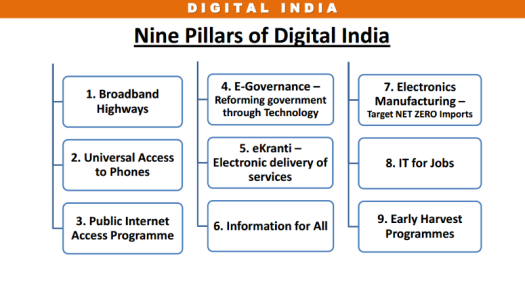In recent years, there has been a lot of talk going about re-commerce in the global market. It has captured the attention of lot of audience around the world. Let’s see what re-commerce is all about and what it has for India.
“Update: ZeroWaste is now InstaCash”
What is re-commerce?
Re-commerce or reserve commerce is the re-selling of obsolete and other undesirable goods. Vendors are accessed through electronic systems such as internet or even through physical distribution channels. The transaction is made either for cash payout or in exchange for a different product. Most re-commerce companies deal with payback pricing of goods which is easier in comparison with other options. Re-commercers usually refurbish the received goods and re-introduce the functioning products in the second-hand market. They also recycle non-useful products appropriately.
To lure customers away from online classifieds and offline vendors, re-commerce companies offer product specialization and a more scientific price for the products. In addition to that, they provide higher convenience to bring second-hand products market online.
According to estimates by industry executives, the market for second-hand products is potentially large. It is said that second-hand smartphone sales by themselves may exceed $3 billion this year. Smartphone sales in India nearly doubled to 80.6 million units in 2014, said Kiran Kumar, research manager, client devices, South Asia, at market research firm International Data Corporation Executives say, anywhere between 20% and 40% of that may be available in the second-hand market.
Origin of Re-commerce
The word re-commerce was first coined by the Chief Executive of Forrester Research, George Colony in 2005. Colony referred to re-commerce as a solution to shelf-life issues of consumer electronics because of the rapid updates in product features and functions.
This drive may seem new to many but its roots began way back in 2006 where the world saw the rise of re-commerce as an industry. With re-commerce companies budding in the major countries, a revolution had begun.
It has reached the Indian soil in much recent years. The growth of this industry is comparatively slow as compared to other countries but it has immense potential in the future. There are various companies across the world working in the re-commerce industry. A few examples are Gazelle in US, and Rebuy in Germany, Re-commerce Solutions in France with Budli being the first re-commerce company in India. ReGlobe, GreenDust, Reboot Systems India, ZeroWaste, YNew, etc are among the other re-commerce companies flourishing in India. These companies procure products not just from consumers but also directly from the company or distributers of the company.
Re-commerce in India
Re-commerce is all set to explode in India. Considering the positive trend of re-commerce emerging in India, there has been a rise in the organized re-commerce of products. However, the maximum market of consumer electronic gadgets is yet to peak. Hence, there is immense potential for re-commerce in our country.
There are certain challenges to the growth of this industry in India. Technology obsolescence and short product life can pose as a problem because the re-commerce industry relies on the consumer’s desire to buy products at an affordable price but which aren’t already obsolete. Another challenge can be the supply liquidity and logistics cost. Inflated logistics costs and assurance of consistent supply liquidity can restrict the re-commerce industry from growing in India.
In future, Re-commerce in consumer electronic devices in India is set to witness a steep growth curve. It is estimated that the industry will grow at a CAGR of more than 35% between 2012 and 2016. It will also open doors for numerous employment opportunities in the areas of Marketing, Technical Inspection, Customer Service, Logistics, etc.
The change in the consumer demographics has played its role in boosting the re-commerce industry. With the increase in brand awareness and household income, consumers are opting for branded and latest goods. Today, the average time a person takes to change his smartphone has come down from about 2 years to 6–12 months. Due to which there is an increase in the flow of used gadgets into the re-commerce market. According to a Greenpeace Report it was estimated that by 2015 two billion PCs will invade Indian homes.
Secondly, with the present trends India is set to become the next manufacturing hub and the crucial target for the rest of the world. Also with the government’s effort of ‘Make In India’, India is destined to see a rise in the manufacturing sector in the coming years. This will benefit the re-commerce industry in a way that genuine product parts can be used as raw materials for the manufacturing of other new products.
Thirdly, the performance of primary commerce is very crucial for the growth of re-commerce. The last 5 years or so have witnessed an immense growth in the sales of electronic gadgets.
About 50.5 million new gadgets were expected to have been sold in India in 2013. This translates to a market value of US$ 17.3 billion or Rs.952.5 billion. Of this, 0.72 million used smartphones were expected to have been sold in 2013, translating to US$105 million.
Therefore, with the market opening up to re-commerce the products, this industry is on a steep rise in India and is bound to take huge leaps in the coming future.
Note: This post was originally published in November 2015 and has been completely revamped and updated for accuracy and comprehensiveness.







